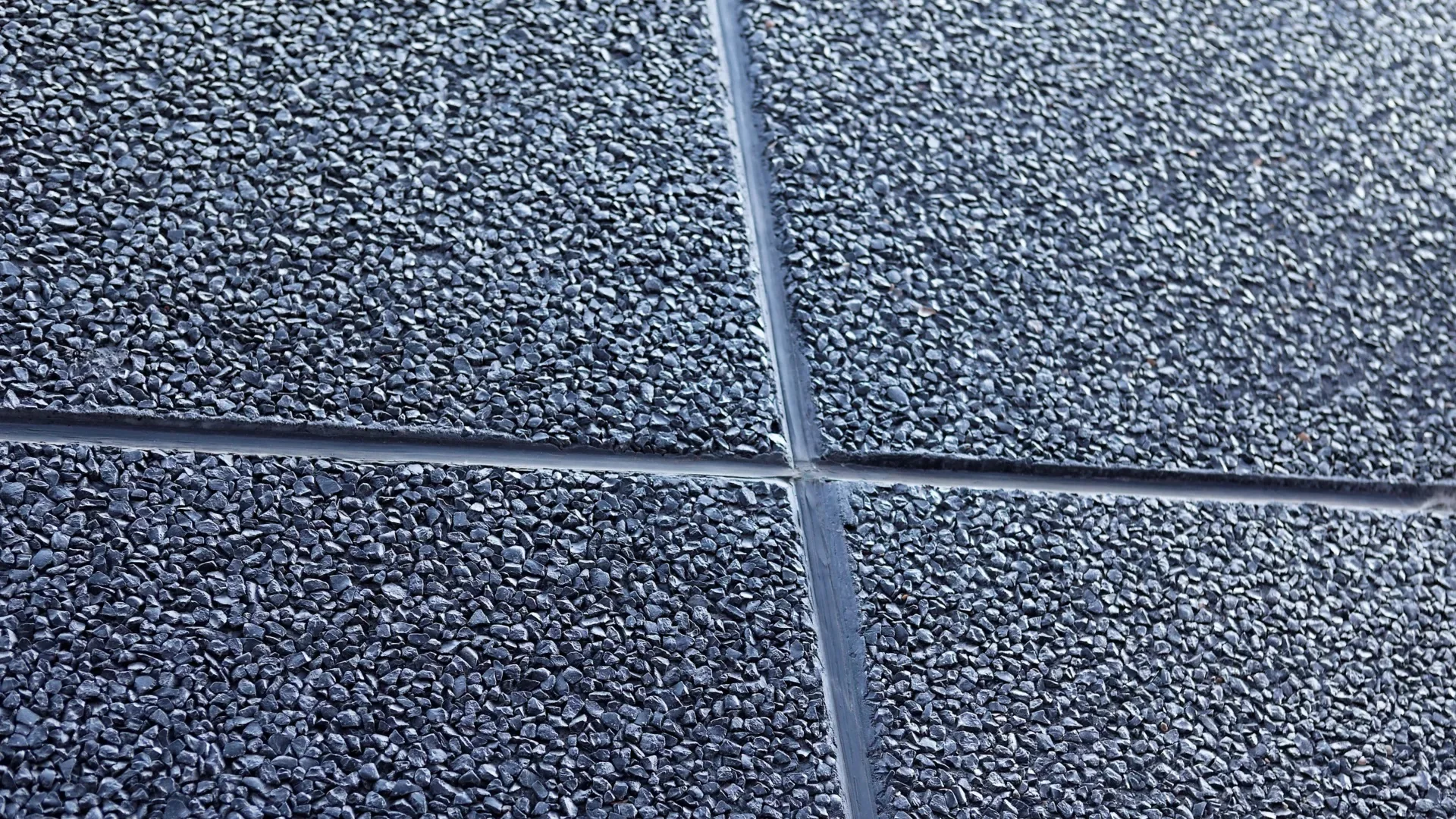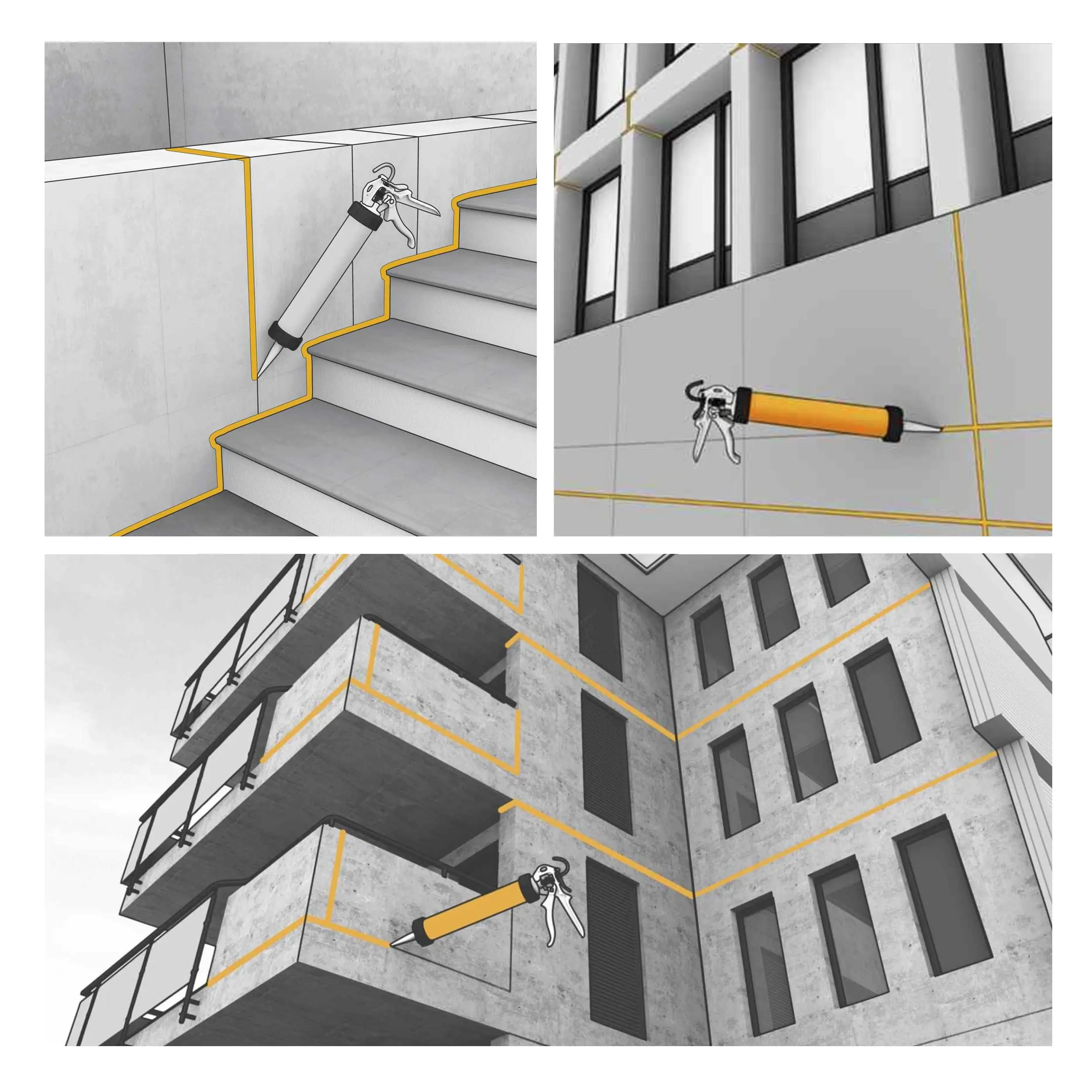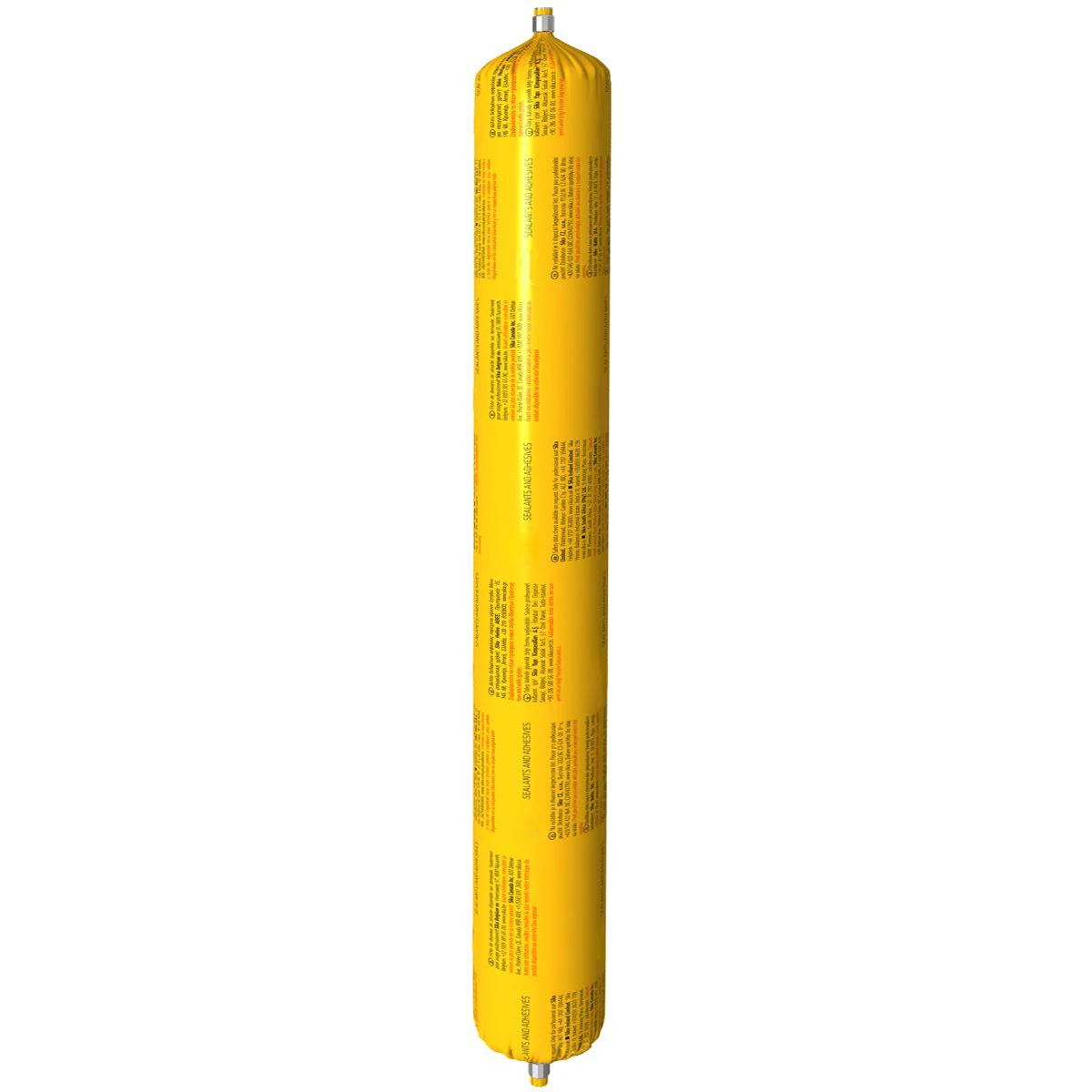In the construction world, the importance of joint sealants cannot be overstated. These materials play a vital role in ensuring the structural integrity and longevity of various building components, especially concrete joints. Among the different types of joint sealants, polyurethane sealants are a popular choice due to their superior performance and versatility.
Architecture Universal GP Construction Joint PU Adhesive Sealant
SV 811FC is a one-component, gun-grade, adhesive and sealing compound of permanent elasticity. This dual-purpose material is based on a special moisture-cured polyurethane sealant.
Features
1.Excellent adhesion on all cement-based materials, brick, ceramics, glass, metals, wood, epoxy, polyester and acrylic resin.
2.Fast cure rate.
3.Good weathering and water resistance.
4.Non-corrosive. Can be painted over with water, oil, and rubber-based paints.
(Preliminary tests recommended).
5.High durability.
6.Can be used in tamper resistant joints
On a macro level, joint sealants are critical to preventing water, air, and other environmental elements from seeping into the gaps and joints of building materials. This is especially important for concrete structures, as the ingress of moisture can lead to steel corrosion, freeze-thaw damage and overall deterioration of the concrete. By effectively sealing joints, polyurethane sealants provide a protective barrier that helps maintain a building's structural stability and durability.
More specifically, it's important to understand the unique properties of polyurethane joint sealants that make them ideal for concrete joints. Unlike traditional sealants, polyurethane sealants are highly flexible and able to adapt to the movement and expansion of concrete structures. This flexibility is critical in environments where temperature changes and structural movement are common, as it prevents the sealant from cracking or losing its effectiveness over time.

Additionally, polyurethane sealants have excellent adhesion to concrete surfaces, ensuring a strong and long-lasting bond that effectively seals joints. This bond is critical to maintaining the integrity of the sealant under a variety of environmental conditions and structural stresses. In addition, polyurethane sealants have high resistance to weathering, chemicals, and UV exposure, making them suitable for indoor and outdoor construction applications.

In concrete joints, polyurethane sealants have excellent properties in accommodating dynamic and static joint movements. This is particularly beneficial for applications such as expansion joints, where the sealant must be able to withstand significant movement without affecting its sealing properties. By using polyurethane sealants in concrete joints, construction professionals can ensure that the joints remain effectively sealed while providing the necessary flexibility to accommodate structural movement.
In summary, the use of polyurethane joint sealants in construction, especially in concrete joints, is critical to ensuring the long-term durability and performance of building structures. These sealants provide a reliable barrier against the effects of moisture, air, and other environmental factors while accommodating the dynamic movements inherent in concrete structures. By understanding the importance and unique properties of polyurethane sealants, construction professionals can make informed decisions that increase the quality and longevity of their projects.
Post time: Jun-25-2024



